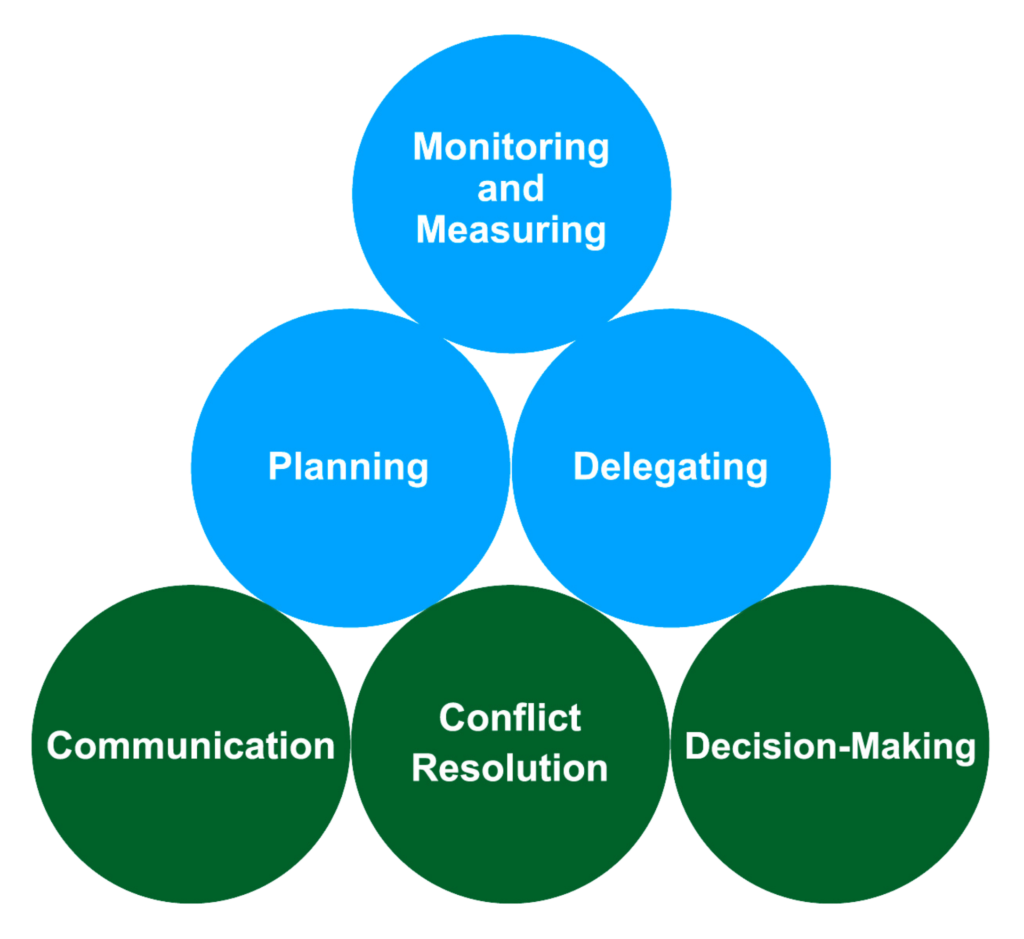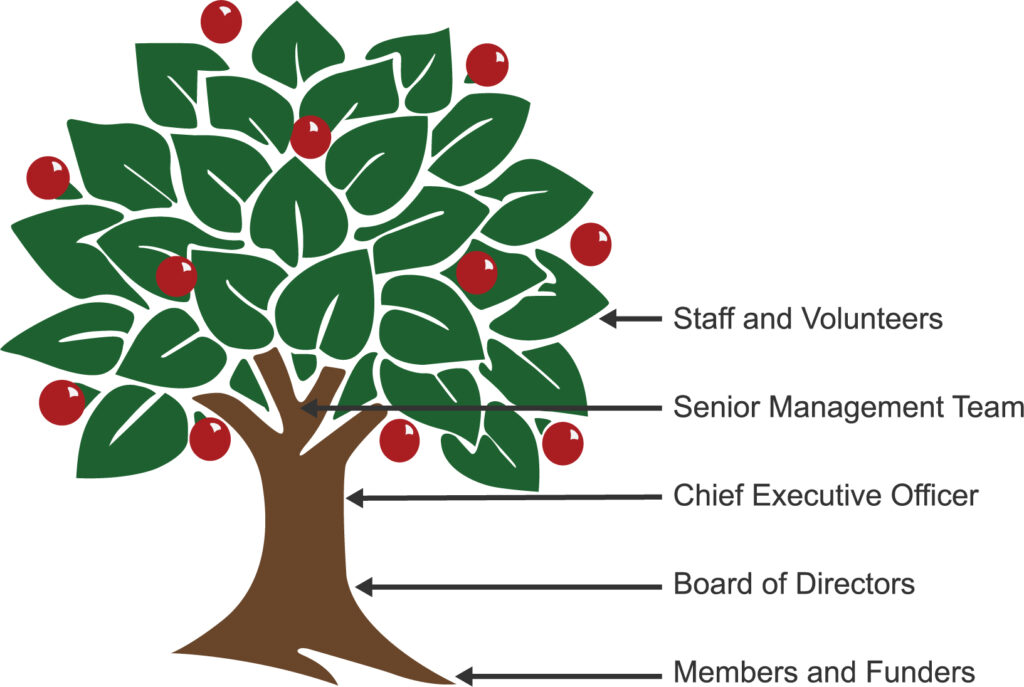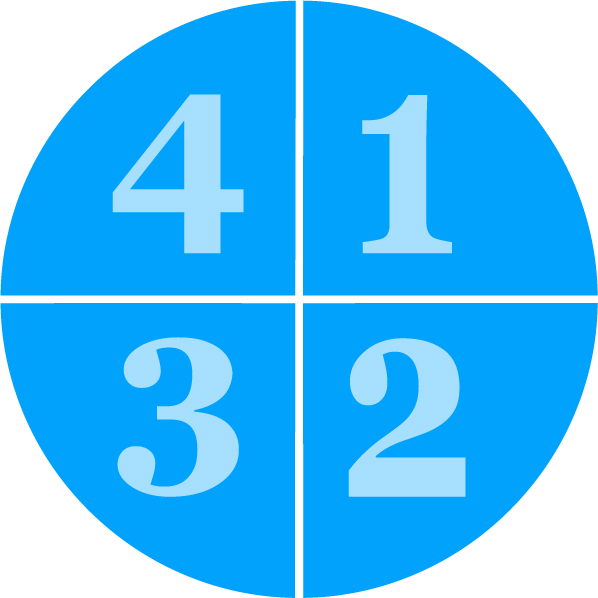Why The Relationship Model™?
So, you came to this website to find information about strategic planning, monitoring risk, or some other important responsibilities. Maybe now you are wondering, What’s all this about The Relationship Model™?
The Relationship Model™ addresses the breadth of structures and processes that must be established, and provides depth to these by placing them on a foundation, or as we say, the operating system of the universal understanding of relationships. We can’t ignore, as we write policy or strategic plans, or monitor risk, that relationships are always involved. So, clearly defining all relationships is fundamental to the efficiency of, fulfilment of, and clarity for all who are involved.
An internal-coach-in-training of The Relationship Model™ once said that other governance and leadership approaches and models assume that organizations are healthy, and that The Relationship Model™ helps you understand why they are, or why they are not. Understanding this is the first step to improvement and/or advancement.
Defining relationships, and understanding how power (authority) is used are the concepts of the operating system which help to understand and build healthy relationships and organizations.
Learn more about The Relationship Model™ by taking the introductory short courses called “The Universal Design of Relationships” and “Introduction to The Relationship Model™”.





